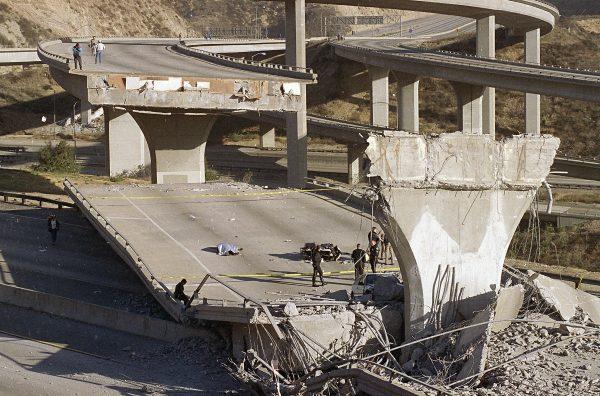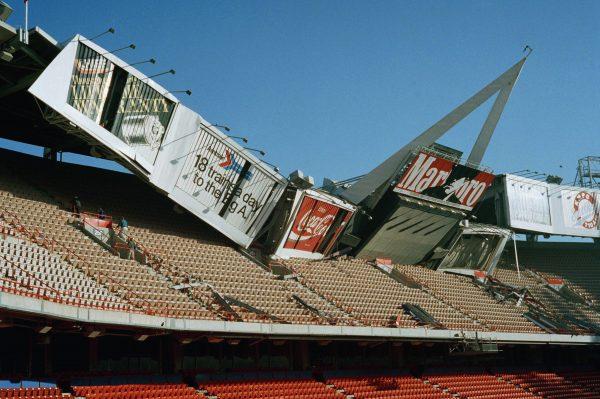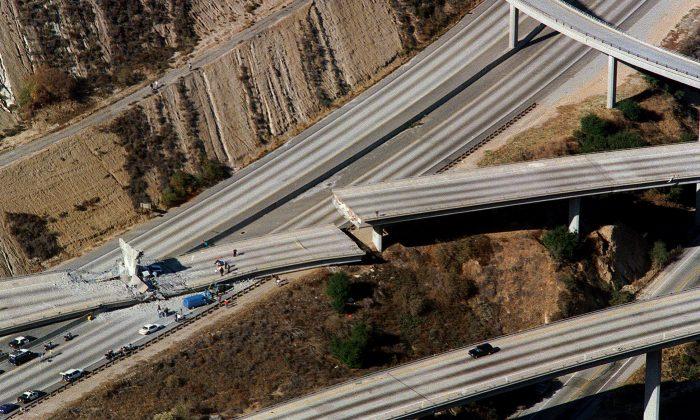Researchers have suggested that while California is in the midst of an earthquake drought, a quake with a magnitude of 7.0 or greater is long overdue.
A study in the Seismological Research Letters published on April 3 said that the current drought in quakes is not like any other in the past 1,000 years.
Researchers look at data from the San Andreas, San Jacinto, Elsinore, and Hayward faults and identified ground-rupturing earthquakes between 1800 and 1918, including a 7.9 magnitude earthquake that devastated San Francisco in 1906.

“This interval is about three times the average interearthquake period for the ensemble of sites,” the abstract said, adding that “paleoearthquake dating uncertainties can allow long open intervals at individual sites or subsets of sites, but do not explain the observed gap in the ensemble.”
The probability of the current 100-year gap, it noted, is about 0.3 percent.
Their findings raise several questions.
“Do we live in a statistically exceptional time? Or does some wide‐scale effect modulate earthquake occurrence among sites over longer timescales? Finally, how should we understand seismic hazard estimates in California if the recurrence models on which they rely seem, at minimum, incomplete?” the researchers asked.
The 1994 Northridge earthquake in Los Angeles was a 6.7 on the Richter scale. It killed 57 people and injured thousands while doing billions of dollars in property damage. Photos taken at the time showed collapsed freeways and roads.
“If our work is correct, the next century isn’t going to be like the last one, but could be more like the century that ended in 1918,” lead researcher Glenn Biasi told the news outlet. “We know these big faults have to carry most of the [tectonic] motion in California, and sooner or later they have to slip. The only questions are how they’re going to let go and when.”
Angela Chung, with the University of California at Berkeley’s Seismology Lab, said the Hayward fault concerns her the most.
“We can’t predict earthquakes what we can do is let you know when quake strikes, you’re about to feel the shaking,” she told CBS.
Experts, meanwhile, have urged Californians to be prepared.

‘The Big One’
Last year, an article published by Richard Aster, a professor of geophysics at Colorado State University, titled, “California’s other drought: A major earthquake is overdue,” noted that forecasters have estimated that the probability of an earthquake of magnitude 6.7 to 7.0 or greater hitting California by 2045 is about 93 percent. A quake of at least 6.7 magnitude is a virtual certainty, it said.“Managing earthquake risk requires a resilient system of social awareness, education and communications, coupled with effective short- and long-term responses and implemented within an optimally safe built environment. As California prepares for large earthquakes after a hiatus of more than a century, the clock is ticking,” the report said.






Friends Read Free